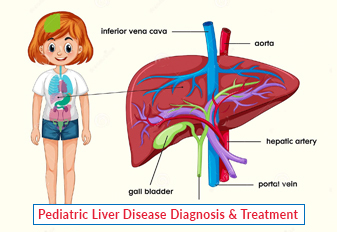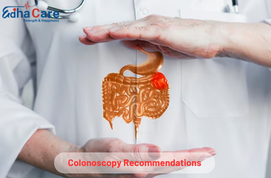Appendix Surgery

Appendix treatment typically involves surgery to remove the inflamed or infected appendix, a condition known as appendicitis. This surgical procedure, called an appendectomy, is often performed urgently to prevent the appendix from rupturing. Laparoscopic surgery, a minimally invasive approach, is commonly employed, resulting in quicker recovery. In certain cases, antibiotics may be prescribed before surgery. Prompt medical attention is crucial, as untreated appendicitis can lead to severe complications. Timely intervention through appendectomy ensures the swift resolution of symptoms and prevents potential complications, promoting the patient's overall well-being.
Book an AppointmentAbout Appendix
Appendicitis, the inflammation of the appendix, presents with distinct symptoms that signal a potential medical emergency. Recognizing these signs is crucial for seeking prompt medical attention:
-
Abdominal Pain: The hallmark symptom of appendicitis is abdominal pain, typically starting around the navel and then shifting to the lower right abdomen. The pain intensifies over a few hours and becomes sharp and severe. Coughing or sudden movements may exacerbate it.
-
Nausea and Vomiting: Many individuals with appendicitis experience nausea and, in some cases, vomiting. The severity of these symptoms can vary, and they often accompany abdominal pain.
-
Loss of Appetite: Appendicitis may lead to a significant loss of appetite. Individuals may find it difficult to eat or may experience discomfort after eating due to the inflammation in the abdominal region.
-
Fever and Elevated White Blood Cell Count: Inflammation of the appendix triggers an immune response, leading to fever. A healthcare provider may observe an elevated white blood cell count in blood tests, indicating an infection or inflammation.
-
Localized Tenderness and Rebound Pain: As the inflammation progresses, touching or pressing the lower right abdomen may cause localized tenderness. Rebound pain, where pain increases upon releasing pressure, is a characteristic sign and is often assessed during a physical examination.
Procedure of Appendix
Appendicitis is typically treated through a prompt and often surgical intervention known as an appendectomy. Here's an overview of the treatment procedure in six key points:
-
Diagnostic Evaluation: When a patient presents with symptoms suggestive of appendicitis, a healthcare provider conducts a thorough physical examination, assessing tenderness and rebound pain in the lower right abdomen. Blood tests, imaging studies like ultrasound or CT scans, help confirm the diagnosis and evaluate the severity of inflammation.
-
Nonsurgical Approaches: In some cases, particularly when the inflammation is mild or caught early, intravenous antibiotics may be administered to reduce infection and inflammation. However, appendectomy remains the primary and most common treatment.
-
Appendectomy – Surgical Removal: The gold standard treatment for appendicitis is surgical removal of the inflamed or infected appendix. This procedure is called an appendectomy. It can be performed through traditional open surgery or laparoscopic techniques, the latter being minimally invasive and associated with a quicker recovery.
-
Laparoscopic Appendectomy: In this minimally invasive approach, small incisions are made, and a laparoscope (a thin tube with a camera) is inserted, allowing the surgeon to visualize and remove the appendix. Recovery time is generally shorter compared to open surgery.
-
Open Appendectomy: In cases where laparoscopic surgery may not be suitable, such as if there's a significant abscess or widespread infection, an open appendectomy with a larger incision may be performed.
-
Postoperative Care: Following surgery, patients are monitored for any complications, and pain management is provided. Recovery time varies, but patients often resume normal activities within a few weeks. Antibiotics may be continued postoperatively to prevent infection.
Require Assistance?
Get A Quick Callback From Our Healthcare Experts






